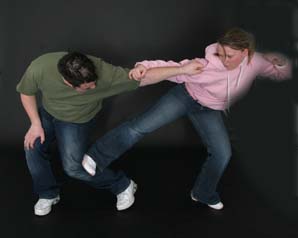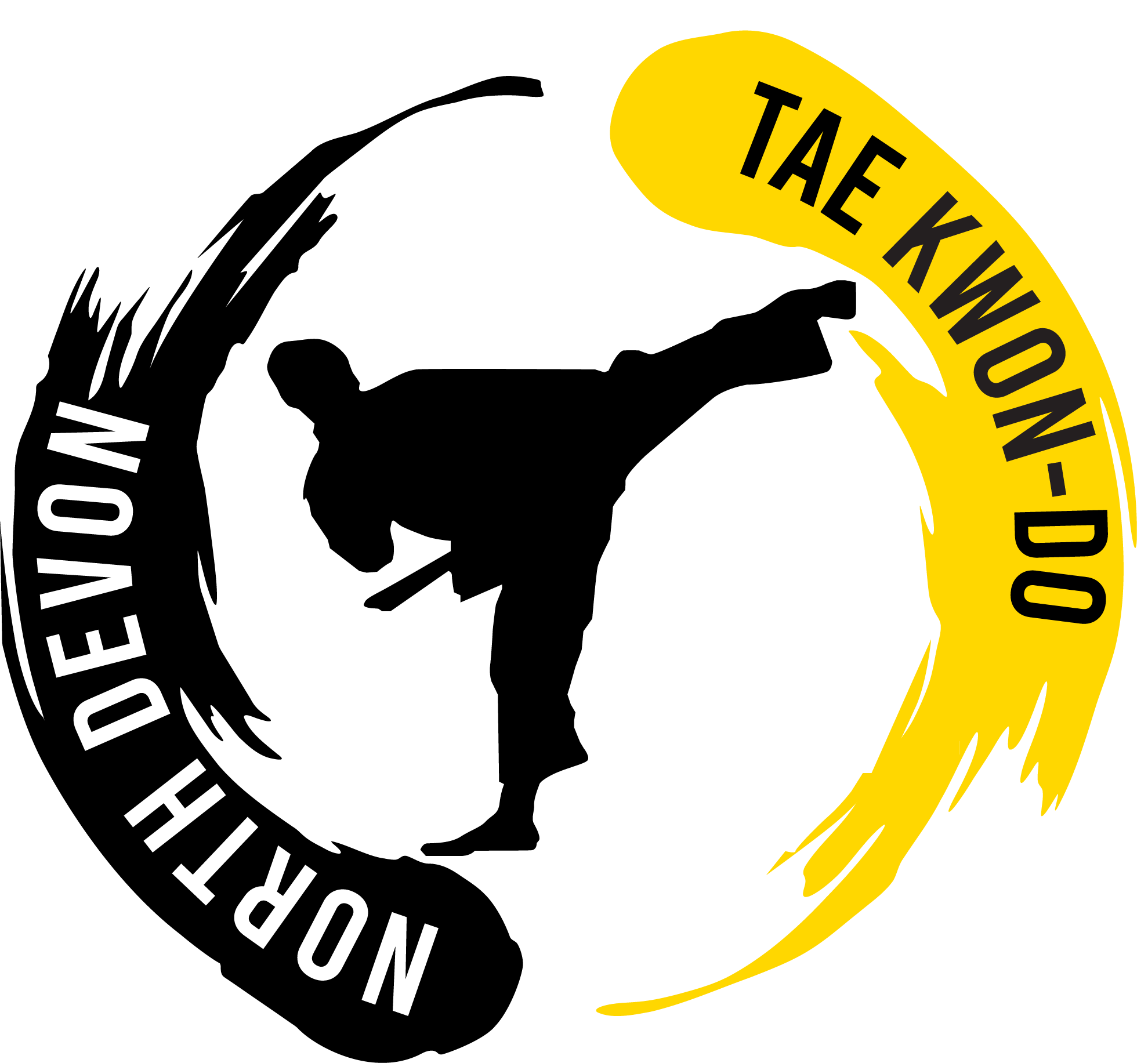
Tae Kwon Do was inaugurated in South Korea on April 11, 1955 following extensive research and development by the founder Major General Choi Hong Hi, 9th Degree Black Belt. It was introduced into the United Kingdom in 1967. To the Korean people Tae Kwon Do is more than a mere physical use of skilled movements. It also implies a way of thinking and life, particularly in instilling concept and spirit of strict self-imposed discipline and an ideal of noble moral rearmament.
In these days, where violence and intimidation seem to plague our modern societies, Tae Kwon Do enables the weak to possess a fine weapon to defend him or herself and defeat the opponent as well. When wrongly applied it can be a lethal weapon.
Even if Tae Kwon Do is practiced for exercise alone, the enjoyment derived will justify the time invested and spent. As an exercise it is equally suitable for old as for the young, for men and for women.

